Are you passionate about sharing your knowledge, keen to monetize your passions, or looking to grow your business in a scalable way? Digital products offer a powerful way to monetize your skills, expand your customer base, and build an online business with global reach. Their unique benefits—like one-time creation, ease of scalability, and minimal upkeep make them popular with entrepreneurs and business owners.
This guide explains the basics of digital products (with examples), our top 5 digital product ideas for beginners, and how to sell and market digital products.
What is a digital product?

Digital products are virtual items that are created, sold, and used in digital form. They are versatile and range from digital art to printables and ebooks. Digital products are intangible (no physical form), so stock or inventory is not involved. They are usually delivered to customers by email or available as an instant download.
Think of digital products as the virtual things you buy or use online that make life easier, more enjoyable, or more productive. Whether it's a mobile app that helps you stay organized, an online community you have a paid subscription to, or a course to learn web design skills, digital products offer value through digital means.
Rise of the creator economy
Digital products surged in popularity as the creator economy flourished, reflecting a shift in how people buy and consume content. Smaller, highly specialized markets are now viable, and audiences seek direct connections with content creators. Digital products meet this demand, allowing independent creators to serve specific audiences with minimal startup costs and no geographic limitations.
“With just an internet connection, individuals and businesses can package their knowledge, art, or skills into digital products, directly earning an income from their audience.”
Creators aren’t just social media influencers or those seeking online fame; they are entrepreneurs, passionate individuals, hobbyists, and regular people like us. This type of small business is fast-growing, with over 50 million people identifying as independent content creators.
💡 Whether you're a solopreneur, a side hustler, a small team, or a business expanding its reach, there's a place online for you.
The appeal of digital products

The biggest appeal of digital products is how easy it is to get started (and often, for cheap). Anyone can create a digital product without needing a storefront, complicated inventory, or hiring a team. The profit margins are high, and with the right strategies, you can generate passive income. The best part? Once you create them, you can sell endless copies without restocking them.
Creators and individuals
🏖️ Turn your knowledge or passions into a side hustle or a full-fledged business.
🏖️ Enjoy work-from-anywhere flexibility.
🏖️ Start with minimal investment.
Businesses
🌴 Expand your offerings and income streams without significant overhead.
🌴 Effortlessly test ideas or demand for full-scale products and services.
🌴 Attract new customers with lead magnets.
💡 Pro tip: Success takes effort! Create valuable products and promote them effectively to get sales.
Examples of digital products
Digital products are a diverse group. If you can dream of it, you can create it as a digital product in your chosen format. From ebooks to productivity tools and online courses to design templates, these products offer knowledge, entertainment, and solutions, all within a few clicks.
1) Digital downloads
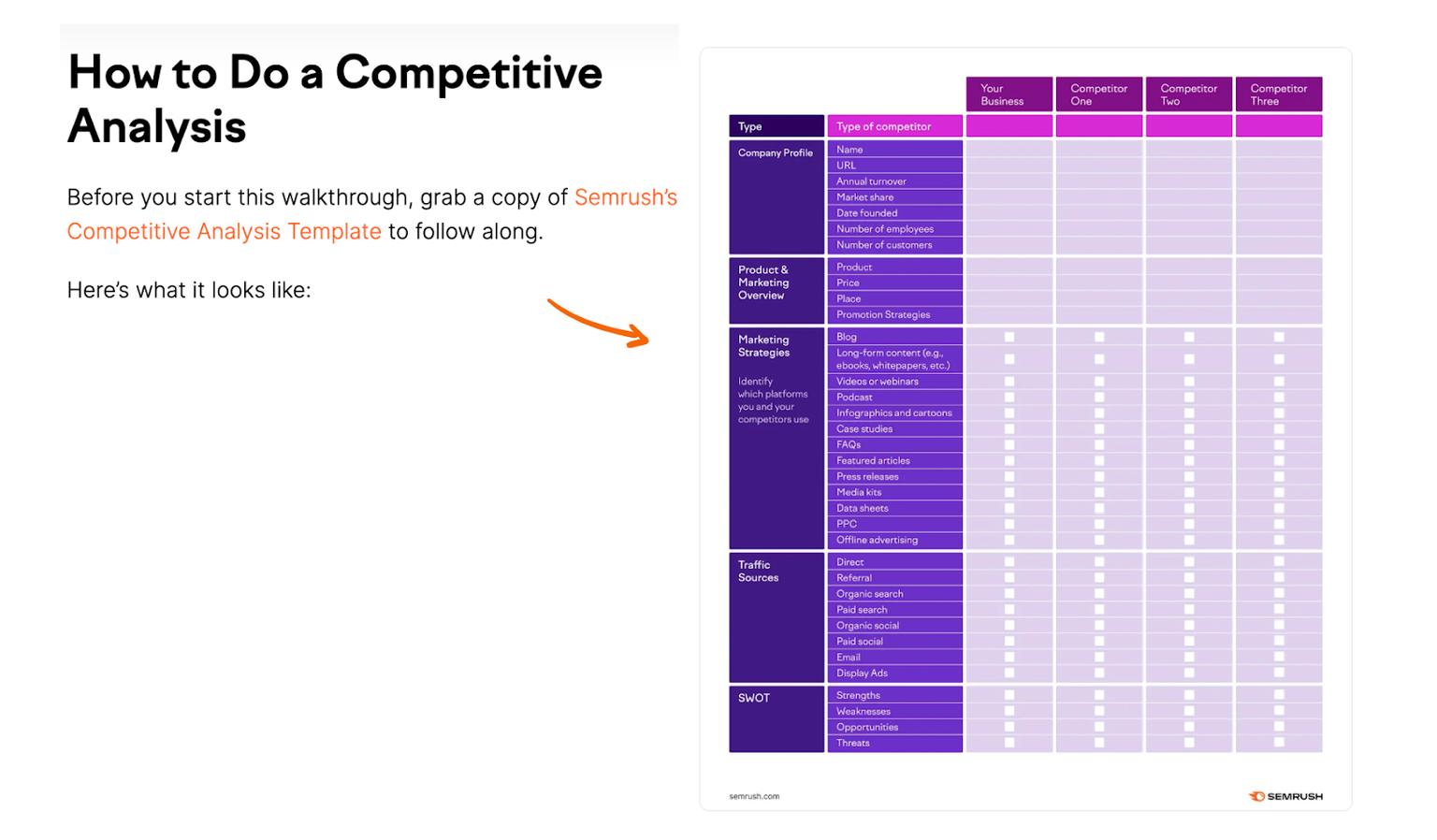
A free checklist by Semrush.
Downloadables can be anything you offer to your visitors: checklists, templates, free tutorials, or ebooks. Businesses that use downloadables to nurture relationships, gain trust, or build thought leadership are also known as lead magnets. Downloadables are a great way to grow a following (even as a freelancer) and engage with potential customers.
2) Online courses

Creative courses offered by independent teachers on Domestika.
Turn your knowledge into a scalable online course! Sell it on your website for complete control, or use platforms like Domestika, Udemy, and Skillshare for greater reach. Remember that marketplaces offer visibility but often take a share of your course revenue.
3) Presentation templates
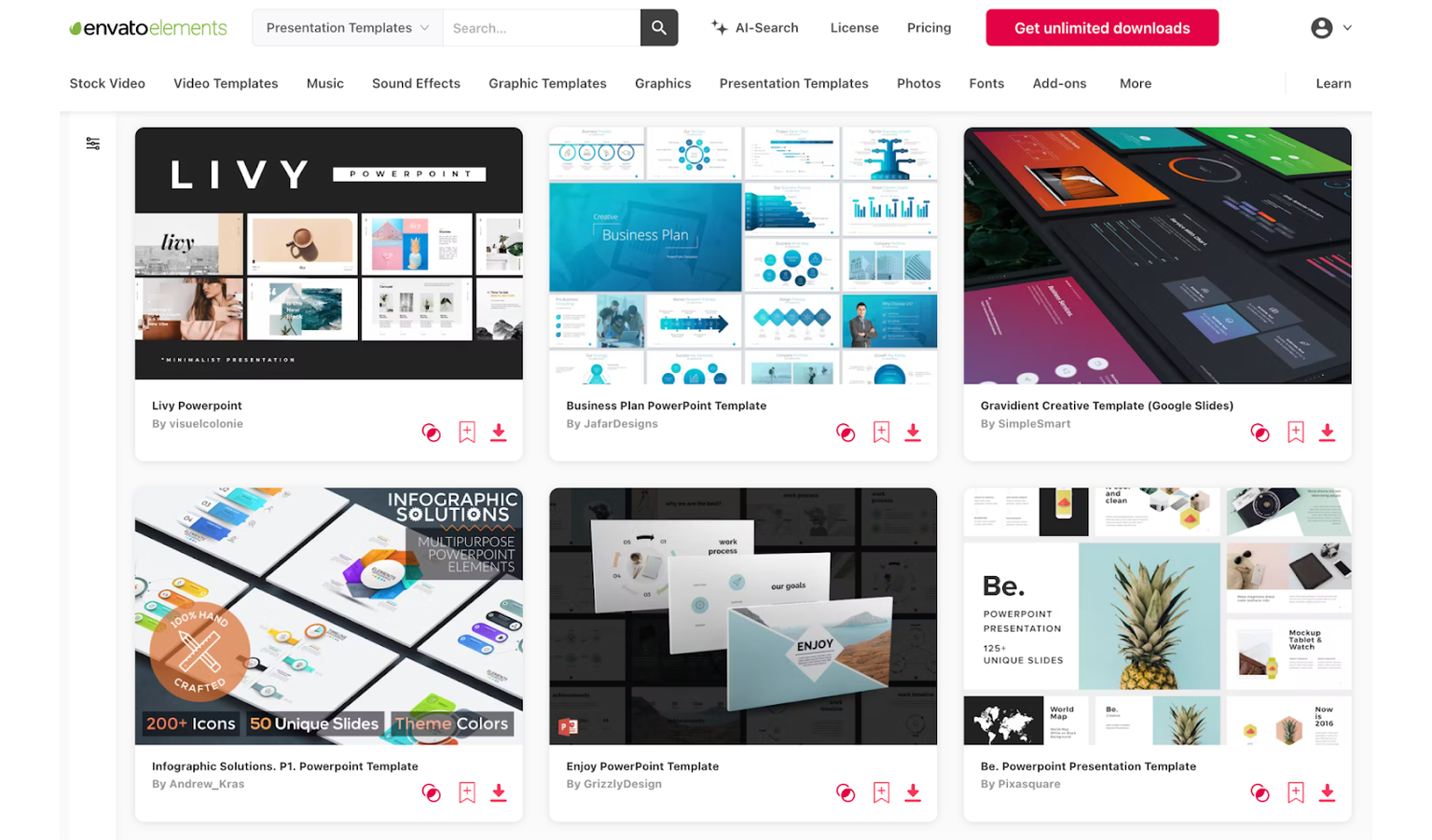
Presentation templates for sale on Envato Elements.
Even if you’re not a graphic designer or coder, you can tap into the high demand for creative assets. Presentation templates are a great option, especially for the self-taught. You can create templates from home with presentation design principles and familiar presentation software (Google Slides, PowerPoint, or Keynote). Focus on specific industries (like healthcare or business) or unique styles (minimalist, bold, etc) to carve out your niche within this digital product category.
💡 Hybrid digital products combine multiple elements! For example, an online course with downloadable worksheets and materials.
Digital product ideas for beginners
There are endless lists of digital product ideas, but we’ve curated this list just for beginners. Don't feel intimidated by the digital product world – it's accessible, even without lots of money or technical expertise. You can get started within a week with some self-learning and market research.

Later in this article, we’ll explain the steps to sell your first digital product.
Idea #1. Printables
✅ Easy to create
✅ Free to start
You may know printables as planners, organizers, or educational materials. They are digital files designed to be printed out by the buyer or transformed into cards, t-shirts, phone cases, and more via print-on-demand services (akin to digital drop shipping). Beginners can venture into printables using free tools like Canva or open-source design software like Inkscape or GIMP to create their first designs.
Examples:
- Planners and organizers: Daily, weekly, or monthly planners, to-do lists, goal tracking templates.
- Educational materials: Worksheets, kids activity sheets, coloring pages, flashcards, puzzle packs.
- Party and event supplies: Invitation cards, banners, decorations, event posters, place cards, games.
- Checklists, cheat sheets, motivational quotes, and posters.
- Stickers, decals, and wall art.
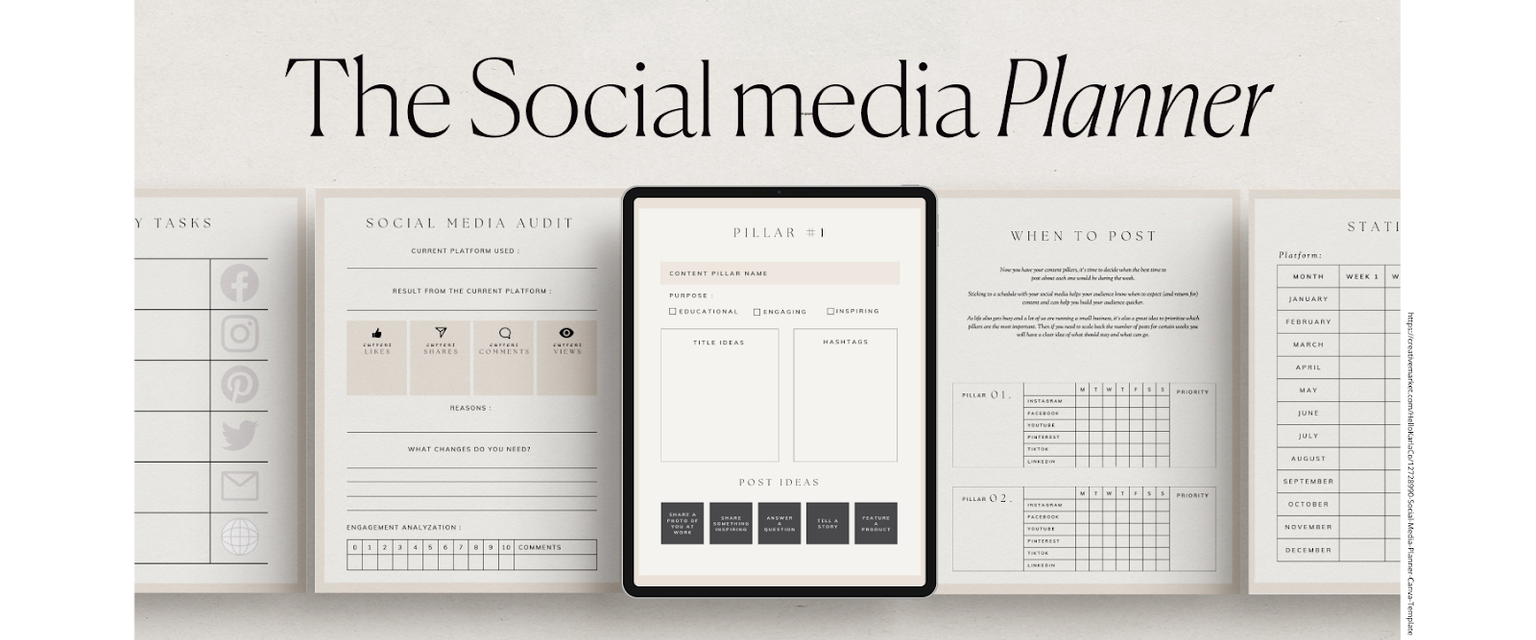
Canva planner template by HelloKarla.
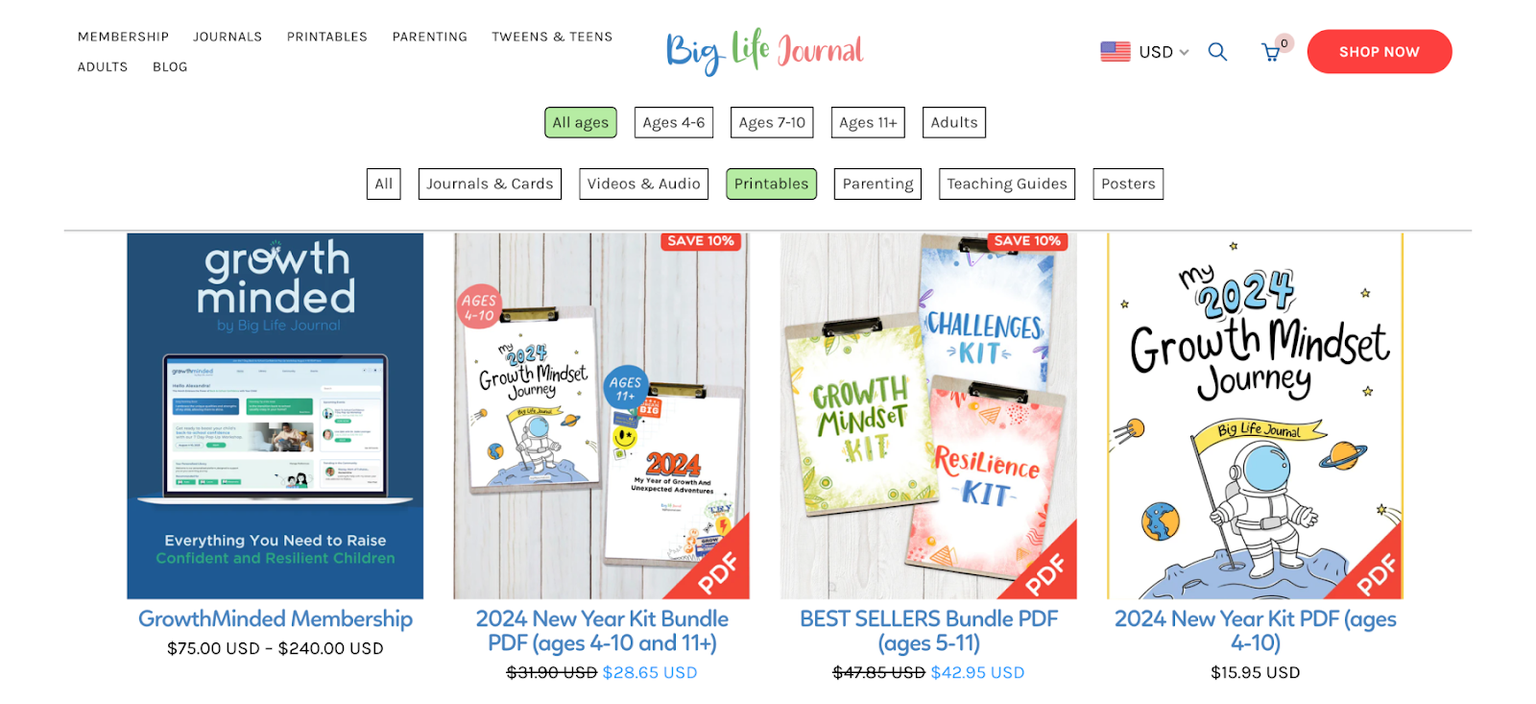
Educational printables by Big Life Journal.
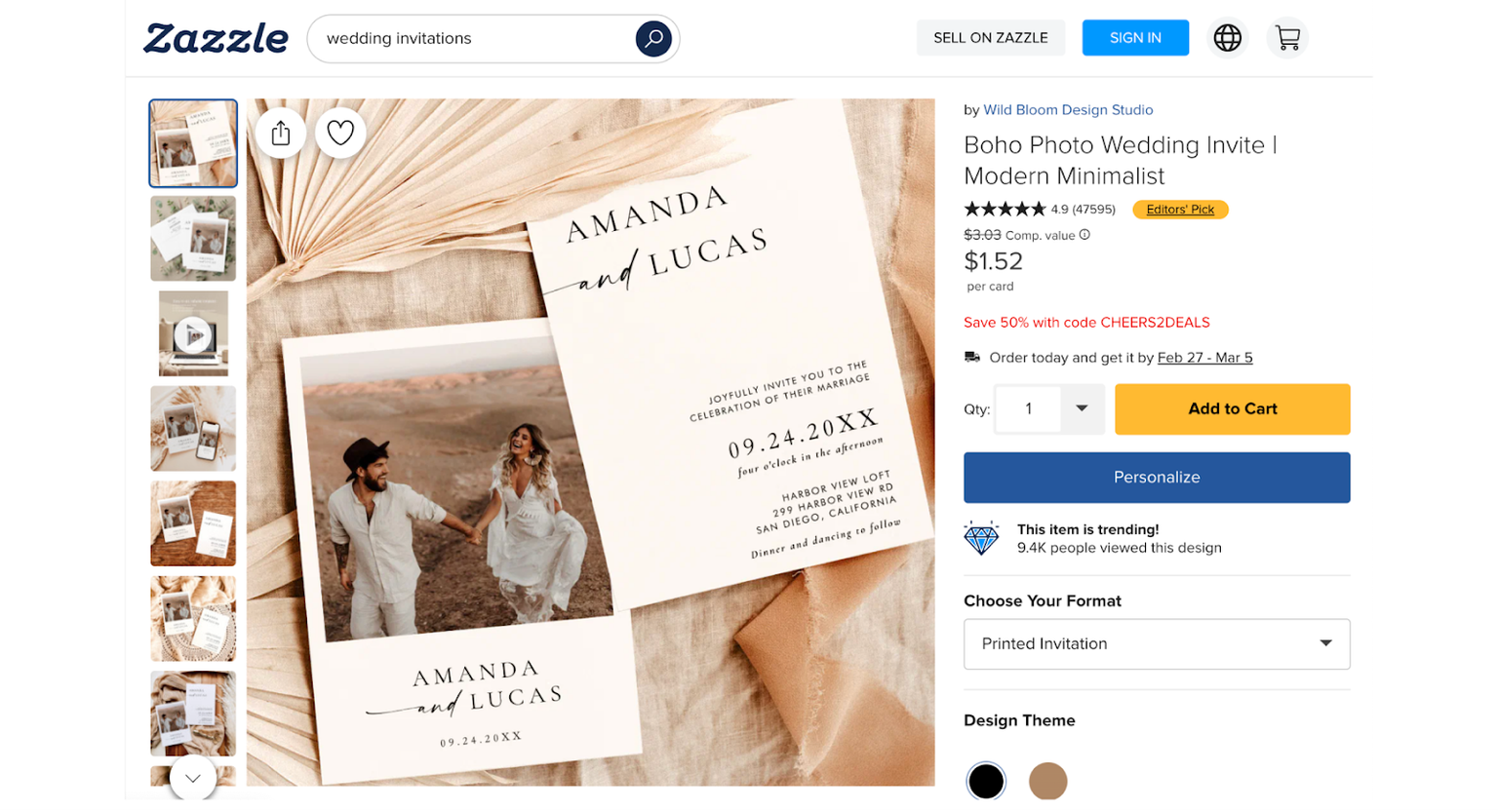
Wedding invitations on Zazzle.
Idea #2: Templates
✅ Low barrier to entry.
✅ Learnable, even without prior design skills.
Templates come in all shapes and sizes: social media templates, professional resumes, eye-catching posters, and even WordPress themes. Those with design or web development skills can find abundant opportunities.
For those just starting, narrow your focus to a specific type of template (social media, business, etc.) and study winning examples. Analyze the structure of successful templates and learn the fundamentals of good design. With dedication, you can use templates to kickstart your design or coding journey.
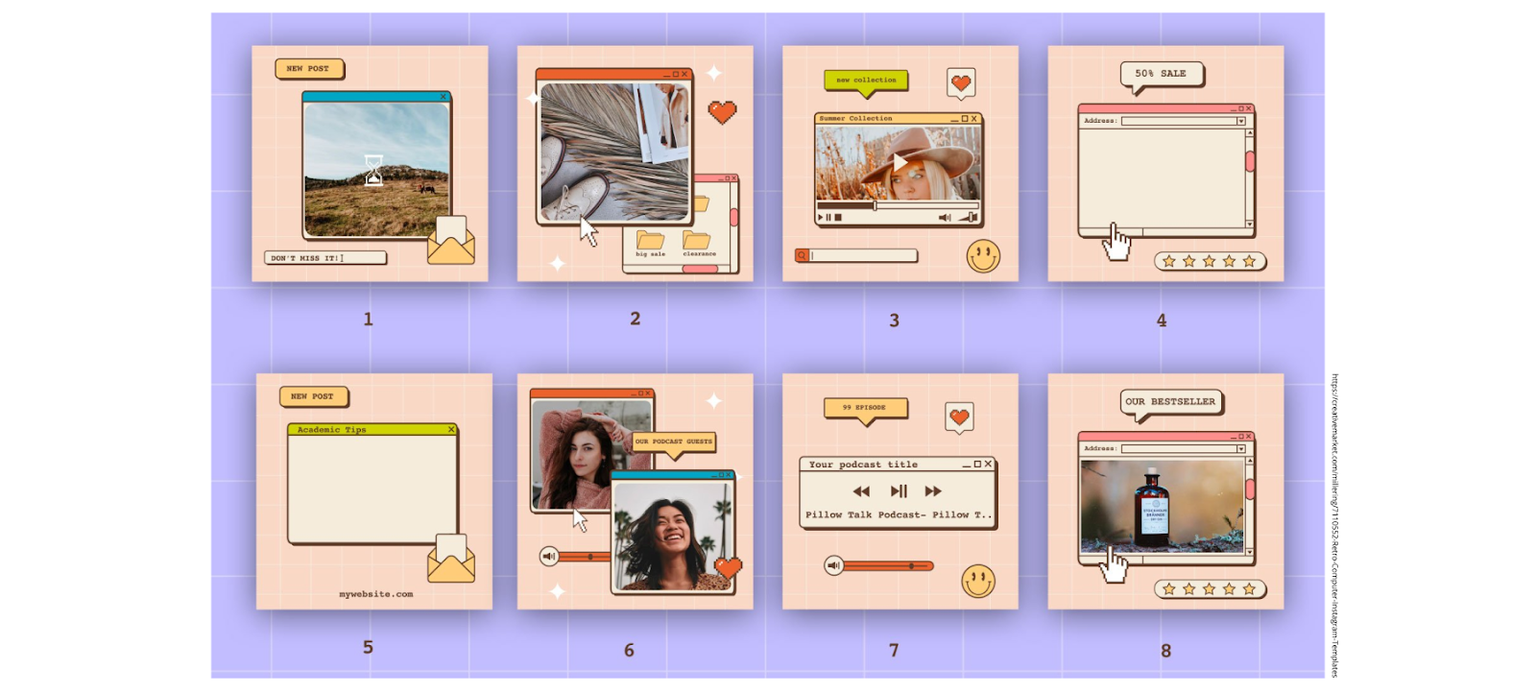
Retro Computer - Instagram Template by Millering.
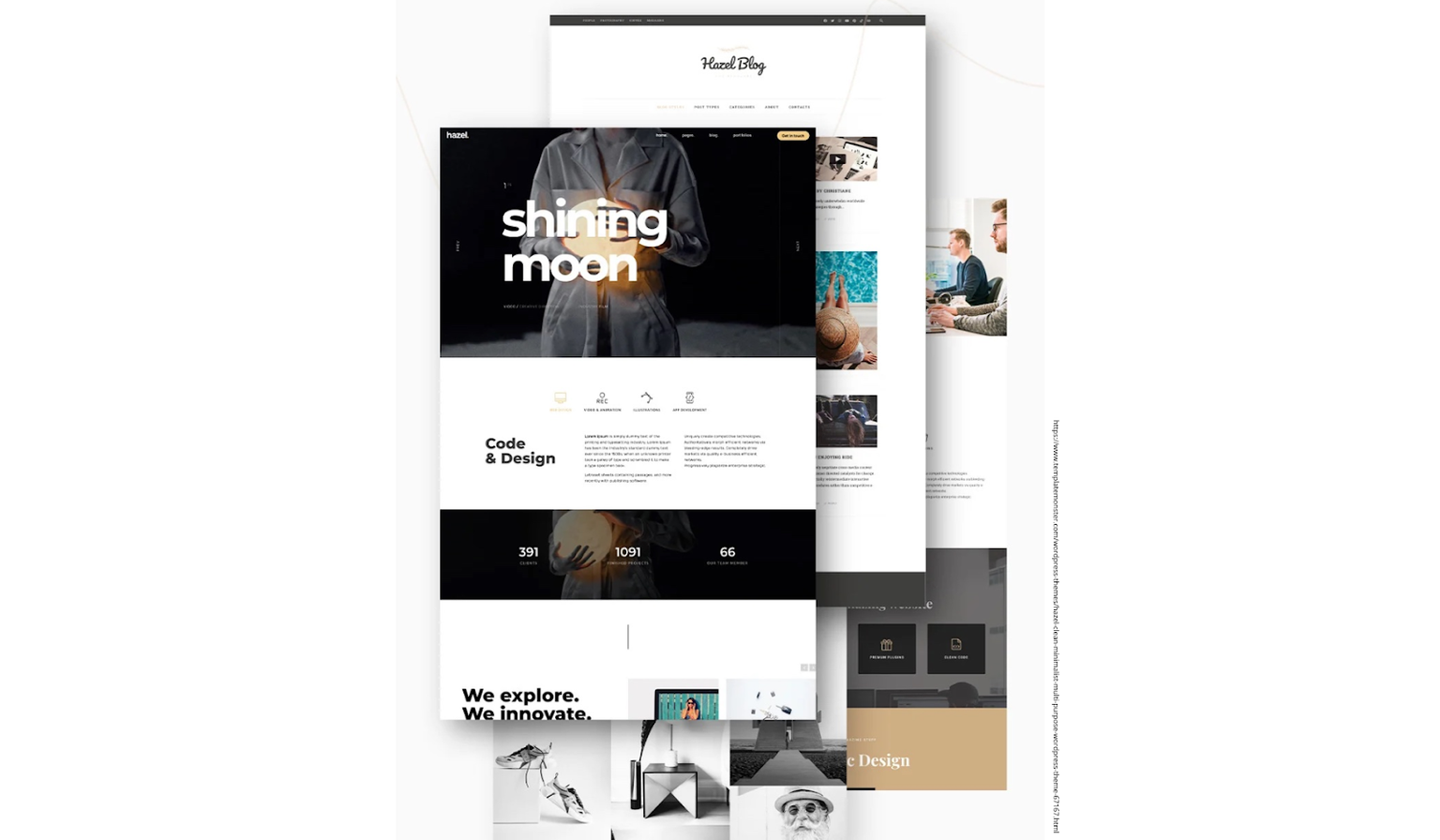
Multi-purpose WordPress theme (Hazel 4.0).
Idea #3: eBooks
✅ Potential for a wide range of topics, expertise, and passions.
✅ Online marketplaces make global distribution easy.
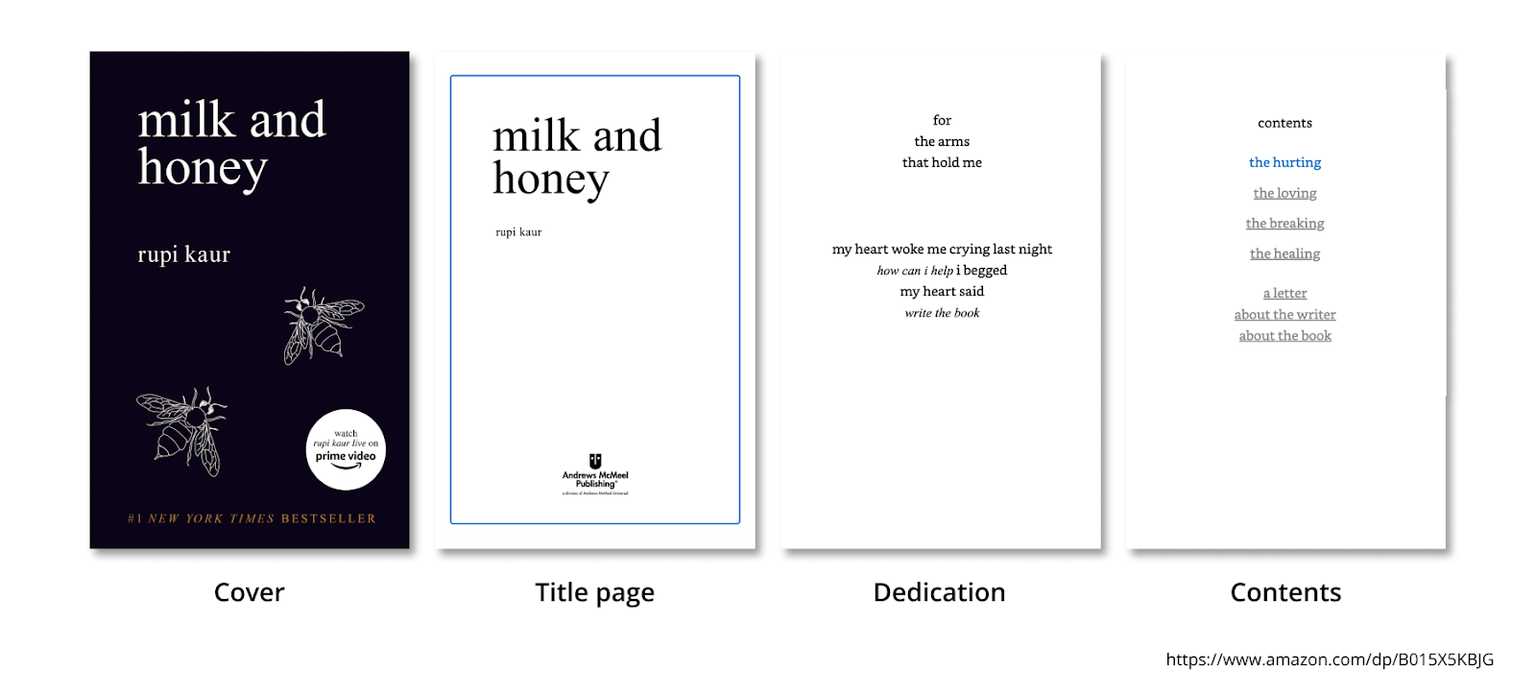
Milk and Honey is a self-published book that succeeded internationally.
The rise of ebooks has fueled an explosion of new voices and niche subjects. Platforms like Amazon's Kindle Direct Publishing (KDP) and Smashwords allow aspiring authors to self-publish their work without securing a traditional publishing deal. Aspiring writers can focus on shorter formats to gain valuable experience—including how to create and market their first ebook!
💡 Pro tip: Narrow your focus to increase your visibility. Niche topics have less competition, giving your work a better chance to shine.
Idea #4: Stock images and assets (licensed digital content)
✅ A huge market with constant demand
✅ Capture anything from everyday objects to unique concepts
Turn your eye for visuals into a side hustle! Creating and selling stock images is a great way to generate passive income from your work. Businesses, blogs, and social media creators need a constant supply of images, making this a profitable market. Stock photography isn't just about fancy equipment - you can start with a high-quality smartphone camera and upgrade afterward.
The market size is expected to reach US$4.8 billion by 2028. Stock image platforms that accept individual creator submissions include Shutterstock, Adobe Stock, and iStock.
💡 Not into photography? Explore other creative assets such as stock videos, illustrations, fonts, music, sound effects, 3D art, and vectors.
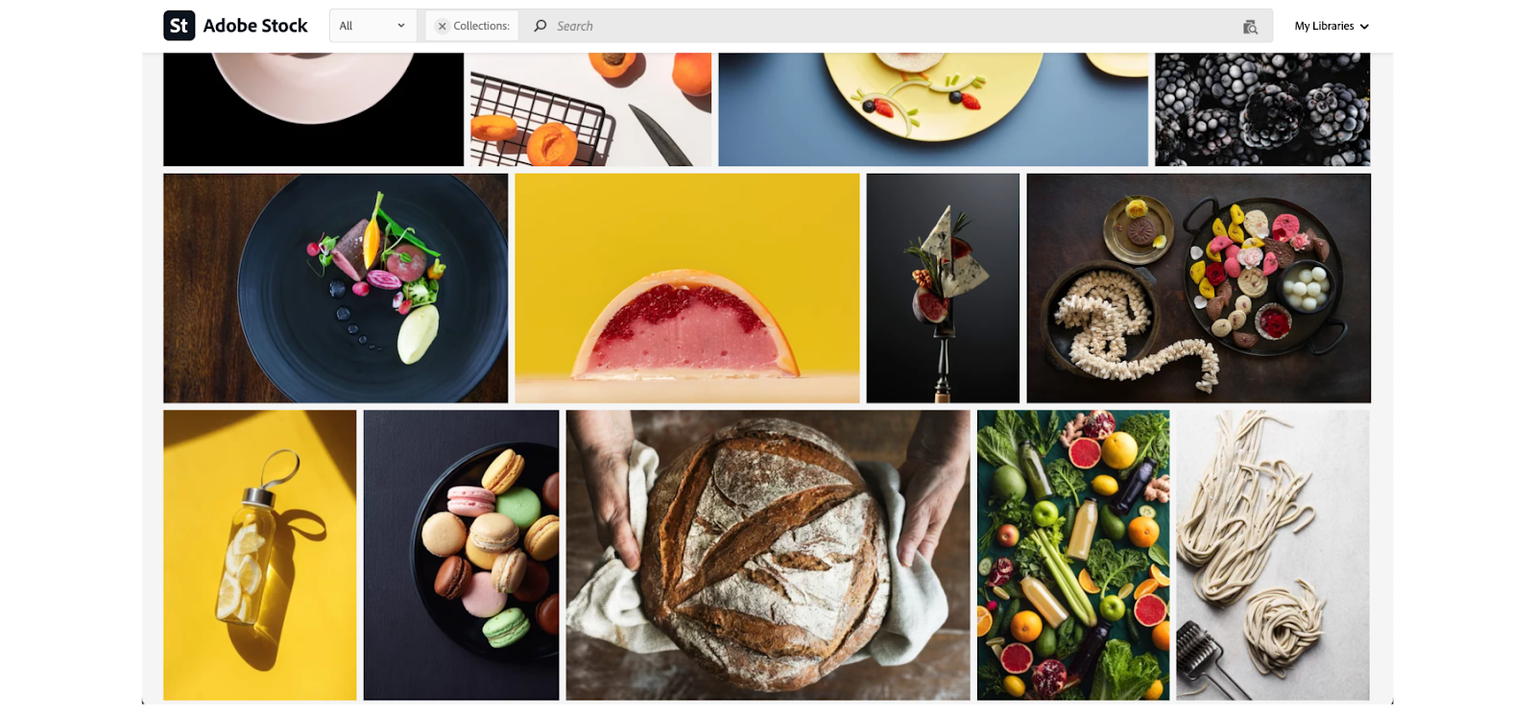
Several stock photography websites now include AI-generated images in their collections, reflecting the growing acceptance of this technology.
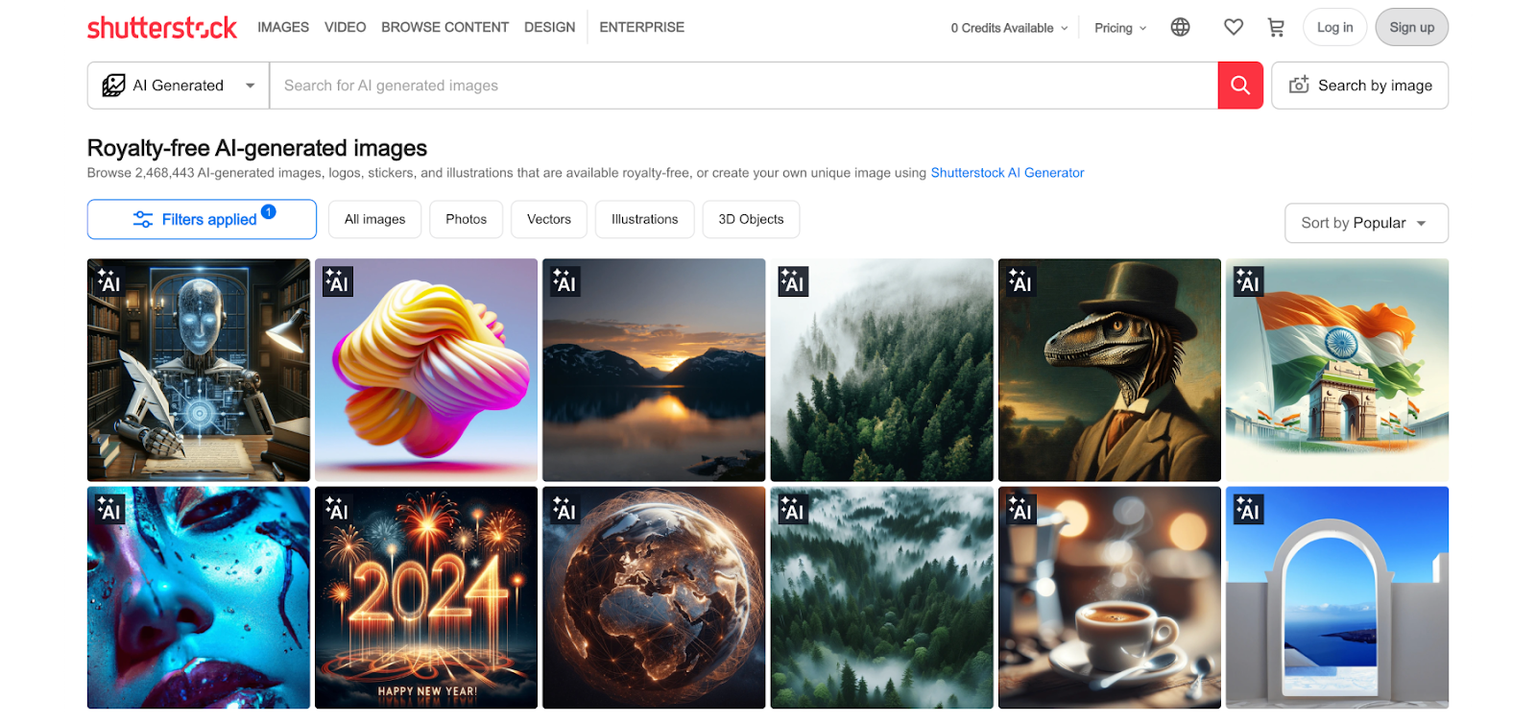
AI-generated stock images on Shutterstock
💡 Pro tip: The trend is towards authentic stock imagery that feels less staged. Focus on natural settings, candid interactions, and diverse subjects.
Idea #5: Memberships and subscriptions
✅ Turn your knowledge into recurring income
✅ Build a community around your expertise
Want to transform your skills into a sustainable business? Memberships provide a reliable income stream and community-building opportunities. Membership sites such as Patreon and Buy Me a Coffee help manage memberships and payments so you can use the time to create more content.
Focus on your strengths and consider options such as exclusive content, premium newsletters, online course subscriptions, discussion groups, mastermind groups, software access, or coaching packages.
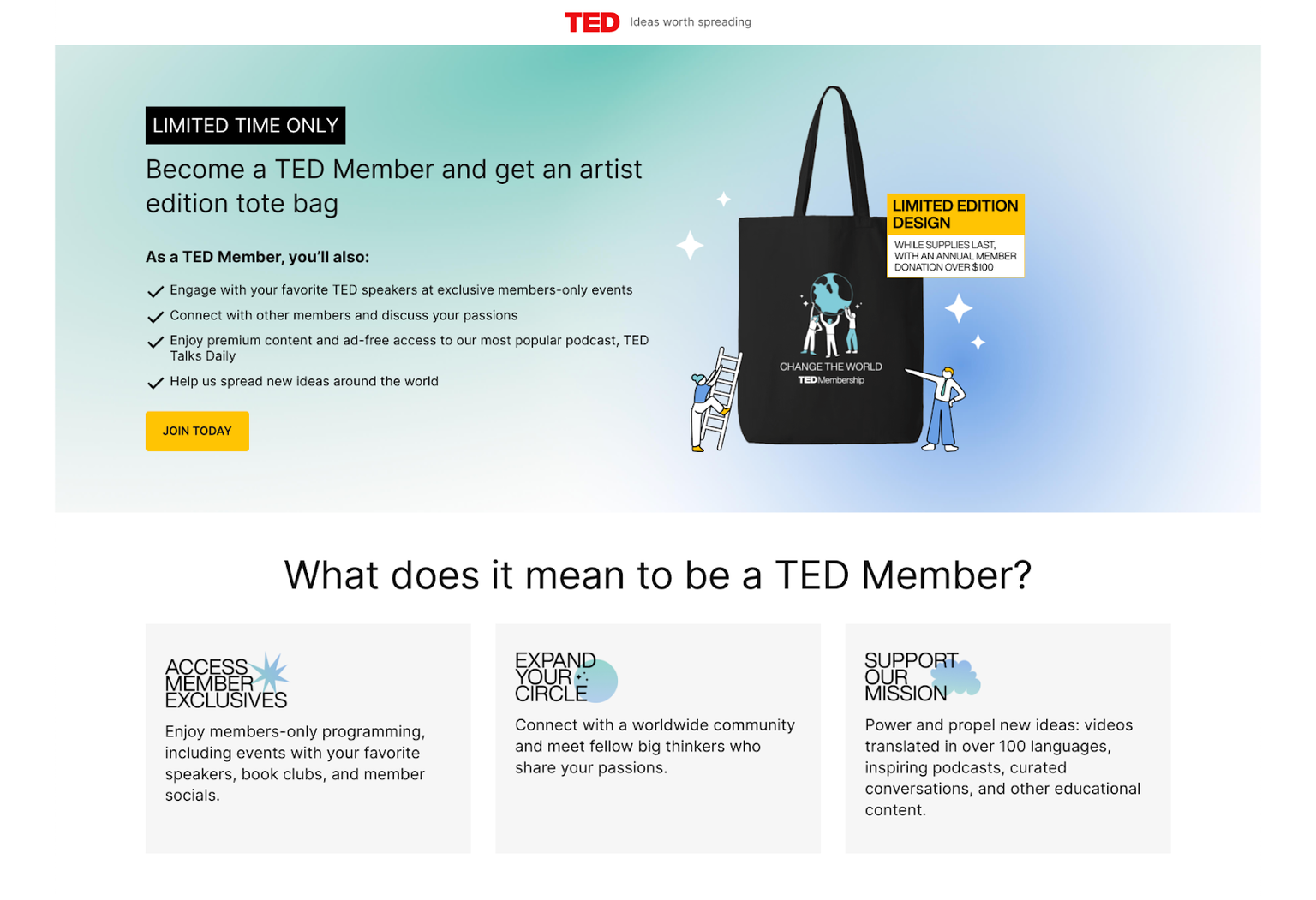
TED memberships grant access to members-only forums and premium content.
🔗 Read more: Sell subscriptions and memberships with Checkout Page, with or without a website.
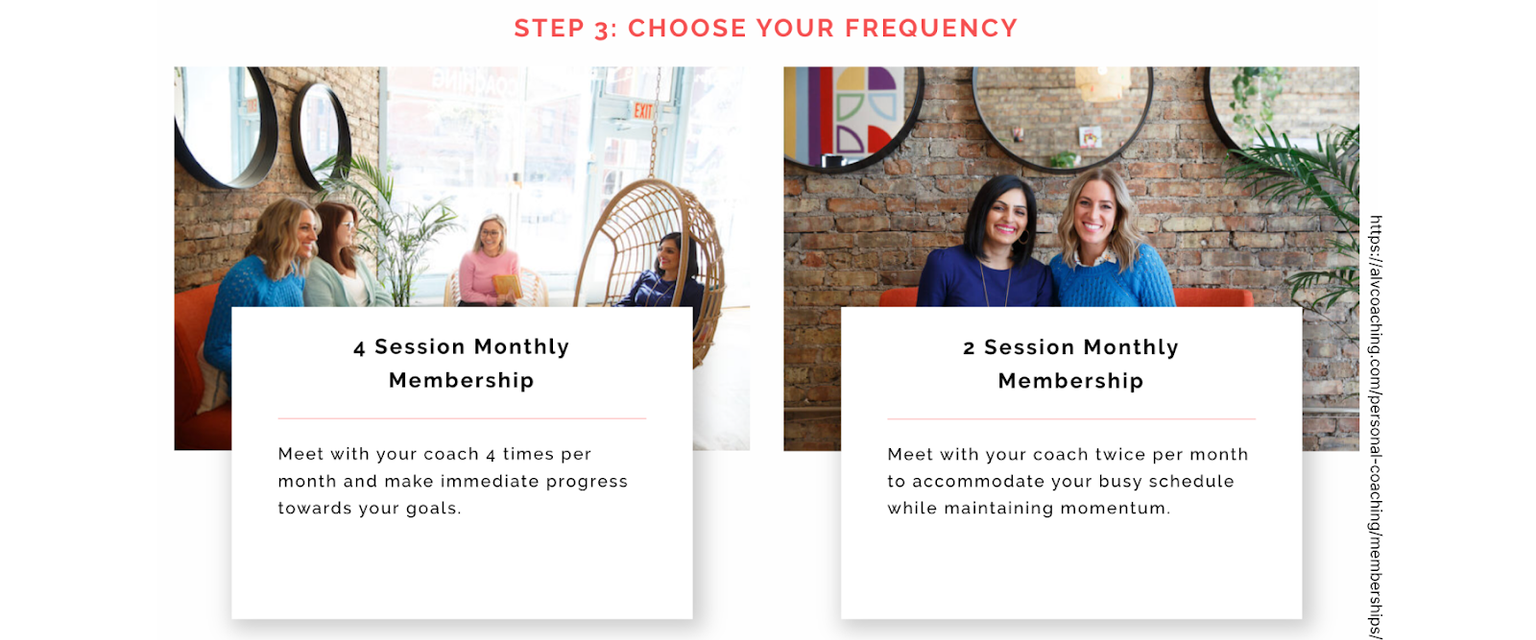
Coaching-as-a-service (Ama La Vida)
🔗 Related article: Best digital products to sell in 2025 (for a more extensive list of digital products)
How to sell digital products online
Now that you have some ideas on what digital products to sell, here's a step-by-step approach to creating and selling your first digital product.
🔍 Step 1: Research product ideas
Begin by choosing a niche that resonates with you. While passion isn't mandatory, it fuels enthusiasm for your product. Now, match your skills and interests to a challenge or problem you see a demand for.
Conduct simple market research through online forums, social media, and competitors’ offerings to help identify a pain point you can solve and determine a competitive price.
💡 Pro tip: Don't feel limited by your current expertise – there's always room to learn and address a market need!
🗣️ Step 2: Validate your idea
You've narrowed down your options – now it's time to confirm the viability of your top idea. Before investing time and resources, ensure people will pay you to solve their problems. Gather feedback from your potential audience, find out how they address their pain points, and determine what they'd be willing to pay.
Additionally, pre-sell your solution with a landing page or social media posts to gauge genuine interest.
💡 Pro tip: People are less likely to pay for a comprehensive solution if the problem is easily solved with a quick Google search.
🎨 Step 3: Create your product
It's time to bring your idea to life! Select the tools that best suit your product's format. Free and beginner-friendly options like Canva, Google Docs, and Google Sheets are great for starting. Begin with a simple yet valuable offering you can create quickly, like a guide or template.
Focus on a Minimum Viable Product (MVP), an early version to test the waters and collect feedback before investing more in the entire product.
💡 Pro tip: Need an eye-catching book cover? Consider hiring a graphic designer or exploring the possibilities of AI image generators.
💻 Step 4: Set up online sales
Choose between the freedom of your own website or the convenience of marketplaces. Build your own site with WordPress.org, Wix, Webflow, or an online store with Shopify. No website? Sell online with no-fuss solutions like a public Notion page or Checkout Page.
Utilize marketplaces like Etsy, Creative Market, iStock, or Envato Market for quick launch. Subscriptions thrive on platforms like Patreon, Memberful, Substack, or Circle.
💡 Pro tip: Balance your technical knowledge and effort against marketplace commissions. Ultimately, aim to drive traffic from various sources while consolidating sales on one platform to save on fees.
📢 Step 5: Market your product
It's time to attract a buying audience! Start by identifying the social media platforms where your ideal customers spend their time and create a steady stream of engaging content. Build an email list by offering valuable free resources in exchange for email sign-ups.
Nurture your audience with email marketing that eventually promotes your product. Write SEO-optimized blog posts to drive organic traffic if you have a website.
💡 Pro tip: Consistent content creation—whether on social media, your email list, or your blog—is essential for brand recognition.
Where to sell digital products

You have several options for selling your digital products online. Here's a breakdown of the most popular choices:
- Sell on your website: Offers maximum control and profit potential, ideal as your business grows. Use Checkout Page (works on any page, including landing pages), WordPress plugins, or an ecommerce platform such as Shopify.
- Social media: Build a loyal following on popular platforms like Instagram or Facebook groups. This is a great way to connect with potential customers and drive traffic to other sales channels (e.g., your website).
- Online marketplaces: Access a large customer base and get started quickly on platforms like Gumroad or Etsy. Remember, these usually take a commission on sales (Gumroad takes 10% of each sale).
- Membership sites: Create a recurring income stream and build a thriving community around your content.
💡 Pro tip: Research niche marketplaces tailored to your product type (e.g., the Kindle Store for ebooks). These platforms put you directly in front of your target market, streamlining your marketing.
🔗 Related article: The 18 best websites to sell digital products in 2025
How to market digital products

The world of digital products is full of potential, but remember, it's not a get-rich-quick scheme. Like any business, success takes hard work and a smart strategy. In a crowded market, the key is making your product stand out – this is often easier if you focus on a specific niche. Also, protect your creative work from the risk of copycats.
💡 Pro tip: Don't just sell a product; build a brand! Offer valuable resources and connect with your audience to create loyal customers.
Marketing tips for beginners:
- Target a niche: Choose a focused niche where your product offers a unique solution, simplifying your marketing and making it easier to reach your ideal customers.
- Build an online presence: Establish yourself as an expert by creating valuable content for your target audience, building brand awareness, and growing an email list to connect directly with them.
- Invest in a sales funnel: Once set up, a sales funnel will automate your marketing and sales processes by working in the background, saving you much time and effort in the long term.
- Leverage owned and paid channels: For organic growth, utilize your owned channels (website, email, social media) and combine them with targeted paid options (social ads, sponsored content) for faster results.
- Prioritize quality and effort: High-quality products provide genuine value, leading to happy customers and positive word-of-mouth. Marketing success takes time and experimentation, so dedicate consistent effort to your marketing strategies and content creation!
Summary
You've navigated the world of digital products, from ideation to marketing. The next step is yours! Start by selecting a niche you're passionate about. Then, research to identify a specific pain point or unmet need within that niche. Follow the steps to create and sell a digital product to your target market.
We've included tips to help you make your first sale. Remember, success stems from taking action, starting small, and continuously learning. As you get more experienced with digital products, you'll open up doors to new revenue streams that are scalable and sustainable.
FAQs
Are digital downloads also digital products?
Yes, digital downloads are a type of digital product since they exist in a digital format and can be sold or distributed repeatedly. Examples of digital downloads include eBooks, guides, templates (spreadsheets, resumes, etc.), stock photos and graphics, music & sound effects, fonts, and software.
How do I sell digital downloads without a website?
Services like Checkout Page allow you to create single-product sales pages to sell digital downloads. No website building, coding, or extra hosting is required! Its features help you easily sell digital products, services, and subscriptions. At the same time, most ecommerce platforms cater to physical products. Read how Checkout Page works.
![What is a digital product + 5 ideas for beginners [2025]](/_next/image?url=https%3A%2F%2Fcdn.sanity.io%2Fimages%2F1n2jytol%2Fproduction%2Fb0b602dcedd95f166b58192da0287ff93fa3d760-2496x1248.png%3Fw%3D1626%26h%3D813%26fit%3Dmax%26auto%3Dformat&w=3840&q=75)



